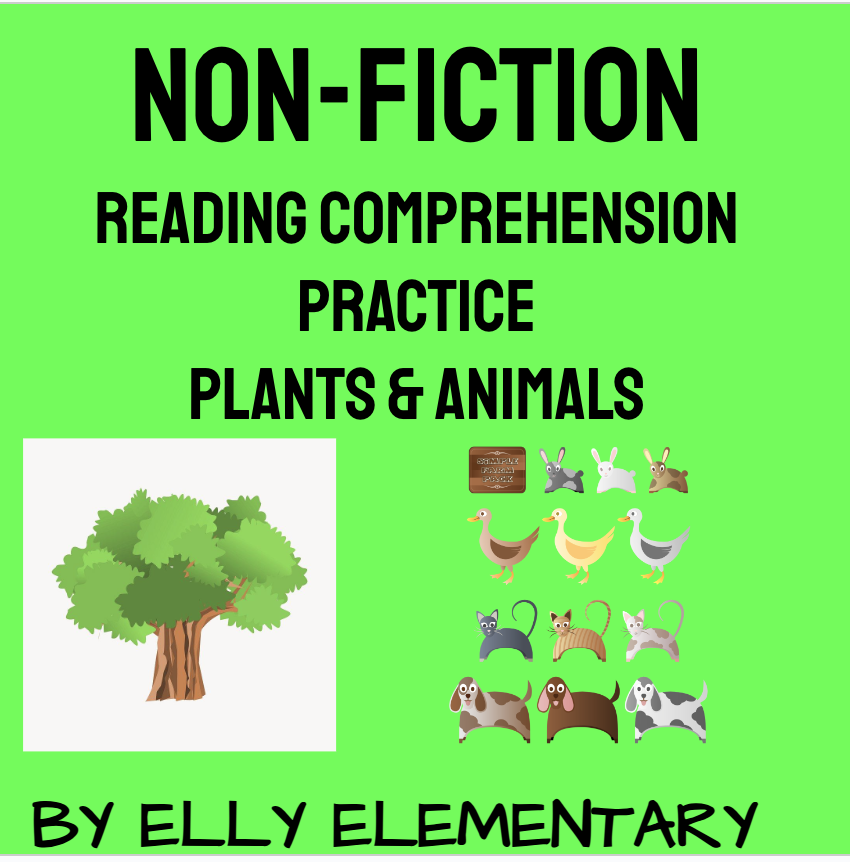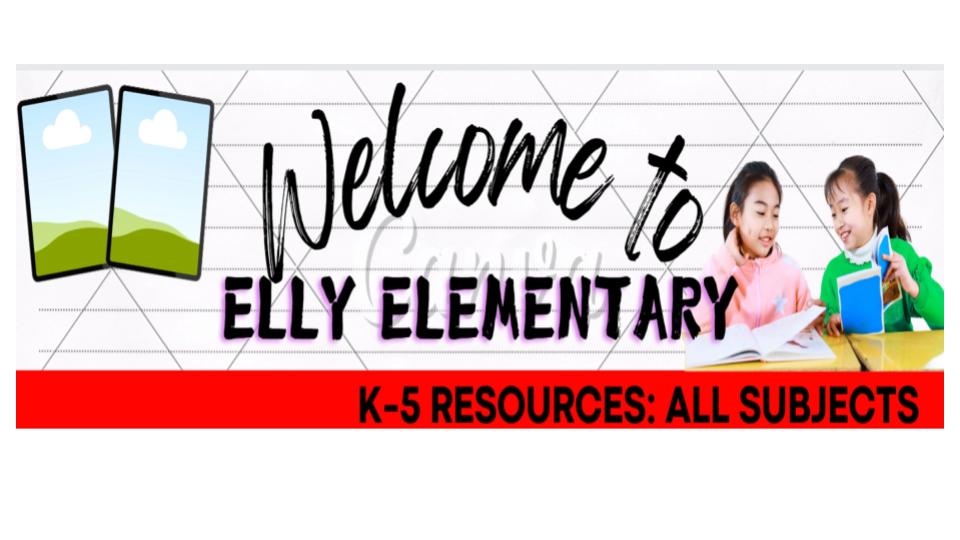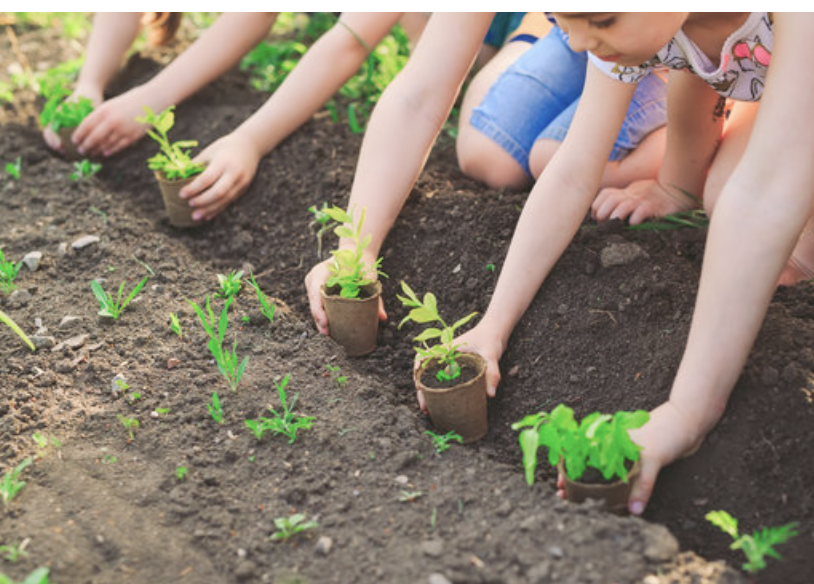The best time to teach children about gardening is in the spring, when the weather starts warming up and planting season begins.
Here's why:
- Spring is planting season: Many seeds and plants naturally start growing in spring, so kids can see quick results.
- The weather is pleasant: It's not too hot or cold, making it comfortable for kids to work outside.
- Lots of teaching opportunities: Spring offers lessons about life cycles, growth, seasons, and the needs of living things.
- Longer daylight: More daylight after school or on weekends gives families time to garden together.
However, you can introduce gardening at other times too:
- Fall is great for planting bulbs, growing cool-weather crops (like lettuce), or preparing a garden bed.
- Summer can be good for maintaining gardens and harvesting.
- Winter is perfect for indoor gardening projects (like growing herbs on windowsills) and planning next season’s garden.
The key is matching gardening activities to the season and keeping it fun and hands-on!
Gardening is fun for kids for a bunch of reasons:
- Hands-on activity: Kids love getting their hands dirty. Digging in the soil, planting seeds, and watering plants are active and sensory-rich experiences.
- Sense of achievement: Watching something they planted grow into a flower, vegetable, or fruit gives kids a real sense of pride and accomplishment.
- Natural curiosity: Kids are naturally curious about the world around them. Gardening lets them explore life cycles, bugs, weather, and plants in a hands-on way.
- Creativity: They can design garden layouts, decorate pots, or even create fairy gardens, which taps into their imagination.
- Connection to nature: Gardening gives kids a direct relationship with nature, helping them appreciate where food and flowers come from.
- Physical activity: It gets them moving — digging, raking, planting, and watering — all help burn energy in a healthy way.
- Patience and responsibility: Kids learn that plants need ongoing care and that growth takes time, which builds both patience and responsibility.
- Fun surprises: Seeing unexpected things, like a worm wriggling by or a sunflower growing taller than them, adds an element of wonder.
Teaching children about gardening is important for several powerful reasons:
1. It Connects Them to Nature
- Children today spend a lot of time indoors.
- Gardening teaches them where food and flowers come from — not just the store — and helps them appreciate the natural world.
2. It Builds Responsibility and Patience
- Plants need regular care (watering, sunlight, protection).
- Kids learn that consistent effort over time brings growth — a lesson that transfers to schoolwork, friendships, and future goals.
3. It Strengthens Science and Math Skills
- Gardening naturally teaches biology, weather, ecosystems, and life cycles.
- It also introduces math (measuring growth, spacing seeds, counting days).
4. It Improves Mental Health
- Studies show that working with plants can reduce stress, boost mood, and increase focus — even for young children.
5. It Promotes Healthy Eating
- Kids are more likely to try fruits and vegetables if they help grow them.
- Gardening can encourage life-long healthy habits.
6. It Fosters Creativity and Curiosity
- Every plant is a little experiment:
- "What happens if I water more?"
- "What bugs visit my flowers?"
- Kids love exploring, experimenting, and asking questions — gardening feeds that natural curiosity.
7. It Teaches Sustainability and Stewardship
- Gardening helps kids understand their role in caring for the Earth.
- They learn about composting, reducing waste, saving water, and protecting bees and butterflies.
8. It Builds Community and Teamwork
- School gardens, family gardens, or neighborhood gardens bring people together.
- Kids learn cooperation, communication, and pride in shared projects.

The story of Miss Rumphius by Barbara Cooney teaches children about plants, beauty, and caring for the Earth in a very gentle, powerful way.
Here’s how:
1. It Shows How One Person Can Make a Big Difference
- Miss Rumphius wants to "make the world more beautiful."
- She does this by planting lupine seeds everywhere she goes.
- Kids see that small actions — like planting flowers — can have a huge impact on a community and the environment.
2. It Teaches the Importance of Planting and Growing
- By scattering lupine seeds, Miss Rumphius encourages growth, biodiversity, and natural beauty.
- Children learn that planting seeds is a way to give life, help the Earth, and create something that lasts beyond themselves.
3. It Connects Caring for the Earth with Joy and Beauty
- Gardening and planting are not presented as chores — they are acts of love and joy.
- Miss Rumphius’s mission shows kids that caring for the Earth is rewarding and meaningful.
4. It Inspires Stewardship and Legacy
- The story hints at the idea that each generation should think about what they will leave behind.
- Children learn that they, too, can leave a positive mark on the world — by planting, protecting nature, and helping their communities.
5. It Models Kindness Toward People and the Planet
- Miss Rumphius is kind not just to the earth, but also to the people she meets.
- The message is that taking care of the earth and taking care of each other are deeply connected.
🌼 In short:
Miss Rumphius teaches kids that through planting and kindness, each person can help make the world a more beautiful and better place.
Here are fun planting lessons for elementary-aged children that mix science, art, and hands-on learning:
1. Seed Germination in a Bag
- Supplies: Ziplock bags, paper towels, seeds (bean seeds work great), water, tape.
- Activity:
- Wet the paper towel, fold it, and put it inside the bag.
- Add a few seeds on top.
- Tape the bag to a sunny window.
- Learning Focus:
- Watch roots and sprouts grow through the bag! Talk about what plants need to grow (water, light, air).
2. Create a Mini Garden in a Cup
- Supplies: Clear plastic cups, soil, small seeds (grass or herbs), markers/stickers for decorating.
- Activity:
- Decorate the cup.
- Add soil and seeds.
- Water and place it in a sunny spot.
- Learning Focus:
- Kids observe growth stages and can draw or journal plant changes over time.
3. Plant Parts Art Project
- Supplies: Real plants (like carrots, celery, or flowers), glue, paper, markers.
- Activity:
- Study a plant's parts: roots, stem, leaves, flower.
- Create a "Plant Diagram" collage with real parts or by drawing.
- Learning Focus:
- Learn plant anatomy through creative expression.

4. Vegetable Scraps Re-Growing
- Supplies: Carrot tops, celery bases, green onion roots, shallow dishes, water.
- Activity:
- Place scraps in dishes with a little water.
- Watch them re-grow over days/weeks.
- Learning Focus:
- Explore plant regeneration and sustainability.
5. Pollination Simulation Game
- Supplies: Cotton balls, colored construction paper "flowers," Cheeto puffs (or anything powdery), and small cups.
- Activity:
- Cotton balls = bees.
- Flowers have powder on them (cheetos or colored powder).
- Kids "visit" flowers and transfer "pollen" from flower to flower.
- Learning Focus:
- Understand how pollination works in a silly, memorable way.
6. Sprout Heads (Grass Seed Heads)
- Supplies: Nylon stockings, grass seeds, soil, googly eyes, decorations.
- Activity:
- Fill a nylon with seeds (at the top) and soil.
- Tie and decorate to look like a head.
- Water and watch the "hair" grow!
- Learning Focus:
- Plants grow from seeds, and kids can trim the "hair" like giving a haircut!
7. "Plant a Pizza" Garden
- Supplies: Seeds for basil, tomatoes, peppers, oregano, etc., garden pots or outdoor space.
- Activity:
- Grow plants that go on a pizza!
- Discuss how food starts as a plant.
- Learning Focus:
- Connecting plants to real-world uses — plus, delicious rewards!
In short:
🌱 Gardening helps kids grow, just like the plants they care for.
Check out my store, Elly Elementary, for all your K-5th grade curriculum needs. I have resources for many of your Spring curriculum areas that your class will love.
Join me on Facebook and Instagram. Let me know if you are looking for anything in particular. (Email: ellyelementary@gmail.com)
What kind of gardening have you done with your kids or class?P Please comment below.




Comments ()